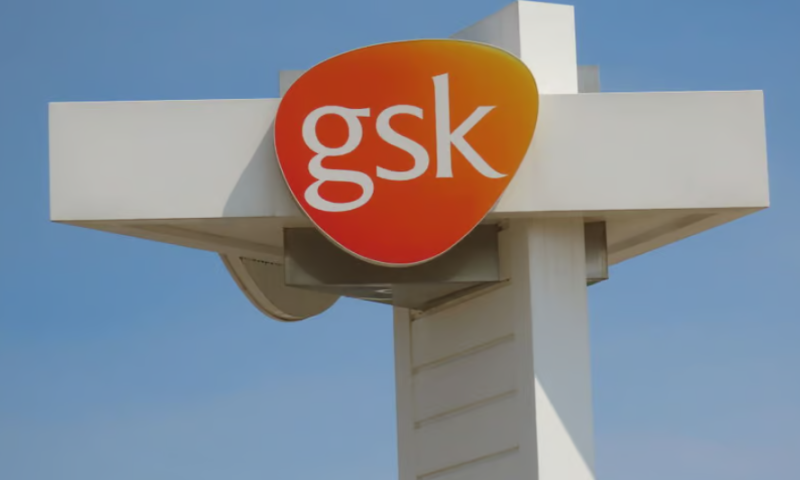Merck & Co. has a new challenger for the chronic cough market: GSK. The British Big Pharma is set to pay $2 billion to buy Bellus Health, securing a late-phase rival to Merck’s stuttering gefapixant program and completing a remarkable, 16-year turnaround for the biotech.
Bellus’ lead candidate is camlipixant, a molecule with the same mechanism of action as gefapixant. Both drugs are antagonists of P2X3, a peripheral nervous system receptor that triggers neuronal hypersensitization and is linked to the urge to cough. By preventing the stimulation of P2X3, molecules such as camlipixant and gefapixant may reduce the severity and frequency of cough.
GSK values that potential at $2 billion. The Big Pharma has agreed to pay Bellus $14.75 a share, a 103% premium over the biotech’s closing price yesterday, to acquire the company. Bellus traded below $3 back in 2020, but its share price recovered either side of the release of phase 2b data late in 2021.
The outlay will give GSK control of a phase 3 drug candidate. Bellus has taken camlipixant into a pair of late-phase clinical trials in recent months, putting it on track to deliver data in the second half of 2024 and 2025. GSK expects to win approval for camlipixant and launch the drug in 2026.
That timeline puts GSK and Bellus well behind Merck, even accounting for their rival’s recent stumbles. Merck received a complete response letter at the start of 2022 from the FDA, which asked for additional information about the cough counting system that was used to assess efficacy. Merck plans to submit the information by mid-2023. Until then, the progress of gefapixant is stalled in the U.S. and Europe.
Bellus is using (PDF) the same cough monitoring device, VitaloJAK, in its phase 3 program. The biotech has conducted validation work, comparing compressed and uncompressed recordings from its phase 2b SOOTHE trial, and submitted the validation protocol and statistical plan to the FDA late last year.
Even if camlipixant has a smoother run through the regulatory process than gefapixant, GSK is likely to come to market after Merck. If that happens, GSK’s ability to win market share may rest on whether the phase 3 program validates Bellus’ belief that camlipixant has best-in-class potential.
Camlipixant is more selective for P2X3 than gefapixant or Shionogi’s sivopixant, according to Bellus, and that may translate into efficacy and tolerability benefits. Merck’s two phase 3 trials reported 18% and 15% placebo-adjusted reductions in 24-hour cough frequency. Bellus saw a 34% reduction in its phase 2b. Similarly, the proportion of patients that experienced taste alteration, a P2X3 class effect, was 58% and 69% in Merck’s pivotal studies and just 6.5% in Bellus’ phase 2b.
It’s for this reason that GSK believes camlipixant can still “take the bulk of the market and create a multibillion peak sales opportunity,” the Big Pharma’s Chief Commercial Officer Luke Miels told journalists on a call this morning.
Despite likely coming to market over two years after Merck’s gefapixant, GSK’s pitch to physicians will be “we’ll give you the same or better cough supression with a fraction of the taste disruption that your patients really don’t like,” Miels explained.
While both gefapixant and camlipixant are currently being trialed as twice daily treatments, GSK is working on how to administer its product as a once daily option, Miels added.
Bellus already had the money to show if the differences with gefapixant would hold up in phase 3, with the biotech forecasting that its $337.1 million bank balance would keep it going through to the second half of 2025. However, with GSK willing to pay a hefty premium, management has decided to cash out.
The deal marks the conclusion of a successful turnaround strategy. Bellus was on the rocks in the summer of 2020, when the failure of a midphase camlipixant trial sent its stock spiraling downward, and further back the biotech, then known as Neurochem, appeared to be finished when its Alzheimer’s disease program failed in 2007.

